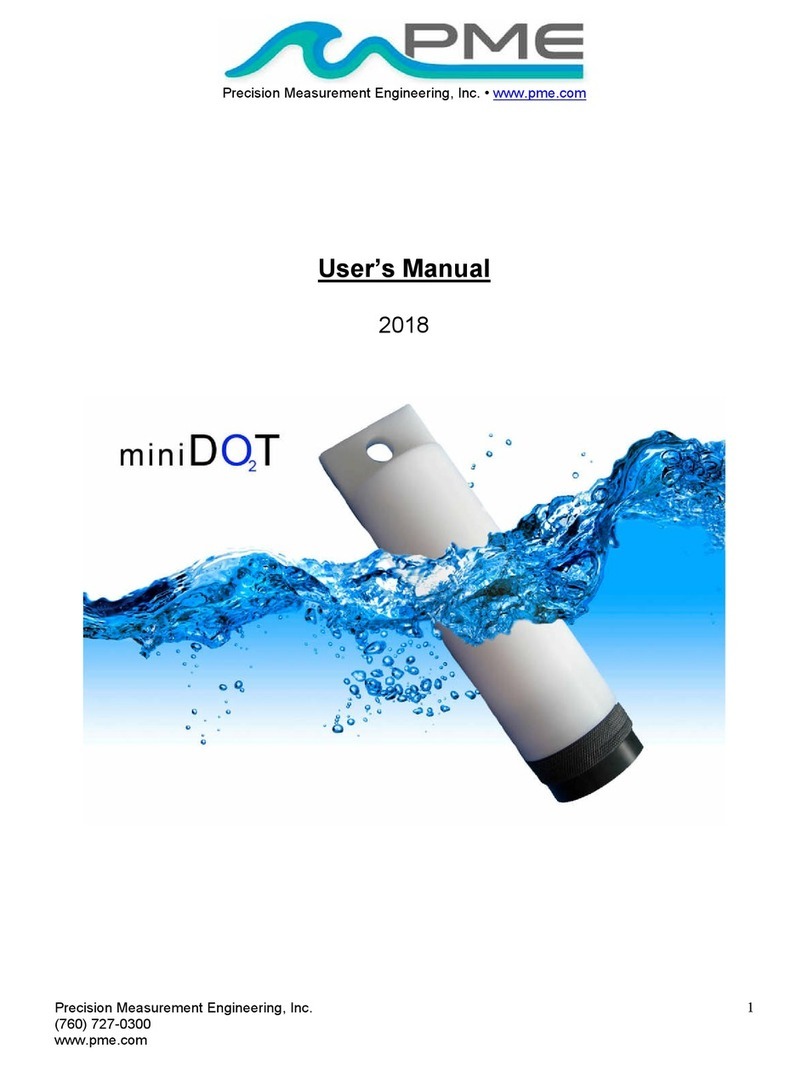I) The product has been altered or modified without PME’s written authorization,
II) the product has not been installed, operated, repaired, or maintained in accordance with PME’s
instructions, including, where applicable, use of proper grounding to an earth ground source,
III) the product has been subjected to abnormal physical, thermal, electrical, or other stress, internal liquid
contact, or misuse, neglect, or accident,
IV) the product failure occurs as a result of any cause not attributable to PME,
V) the product is installed with ancillary devices such as flow sensors, rain switches, or solar panels that
are not listed as compatible with the product,
VI) the product is installed in a non-PME specified enclosure or with other incompatible equipment,
VII) to address cosmetic issues such as scratches or surface discoloration,
VIII)operation of the product in conditions other than that for which the product was designed,
IX) the product has been damaged due to events or conditions such as caused by lightning strikes, power
surges, unconditioned power supplies, floods, earthquakes, hurricane, tornados, vermin such as ants
or slugs or intentional damage, or
X) products provided by PME, but manufactured by a third-party company, which products are subject to
the applicable warranty extended by their manufacturer, if any.
There are no warranties that extend beyond the above limited warranty. In no event is PME
responsible or liable to purchaser or otherwise for any indirect, incidental, special,
exemplary, or consequential damages, including, but not limited to, lost profits, loss of data,
loss of use, business interruption, loss of good will, or cost of procuring substitute products,
arising out of or in relation to the product, even if advised of the possibility of such damages
or losses. Some states do not allow the exclusion or limitation of incidental or consequential
damages, so the above limitation or exclusion may not apply. This warranty gives you
specific legal rights, and you may also have other rights which vary from state to state.
WARRANTY CLAIM PROCEDURES
A warranty claim must be initiated within the applicable warranty period by first contacting PME at
info@pme.com to obtain an RMA number. The purchaser is responsible for proper packaging and
return shipment of the product to PME (including shipping expense and any related duties or other
costs). The issued RMA number and purchaser’s contact information must be included with the
returned product. PME is NOT liable for loss or damage of the product in return transit and
recommends that the product be insured for its full replacement value.
All warranty claims are subject to PME’s testing and examination of the product to determine if the
warranty claim is valid. PME may also require additional documentation or information from the
purchaser to evaluate the warranty claim. Products repaired or replaced under a valid warranty claim
will be shipped back to the original purchaser (or its designated distributor) at PME’s expense. If the
warranty claim is found to be not valid for any reason, as determined by PME in its sole discretion,
PME will notify the purchaser at the contact information provided by the purchaser.




























